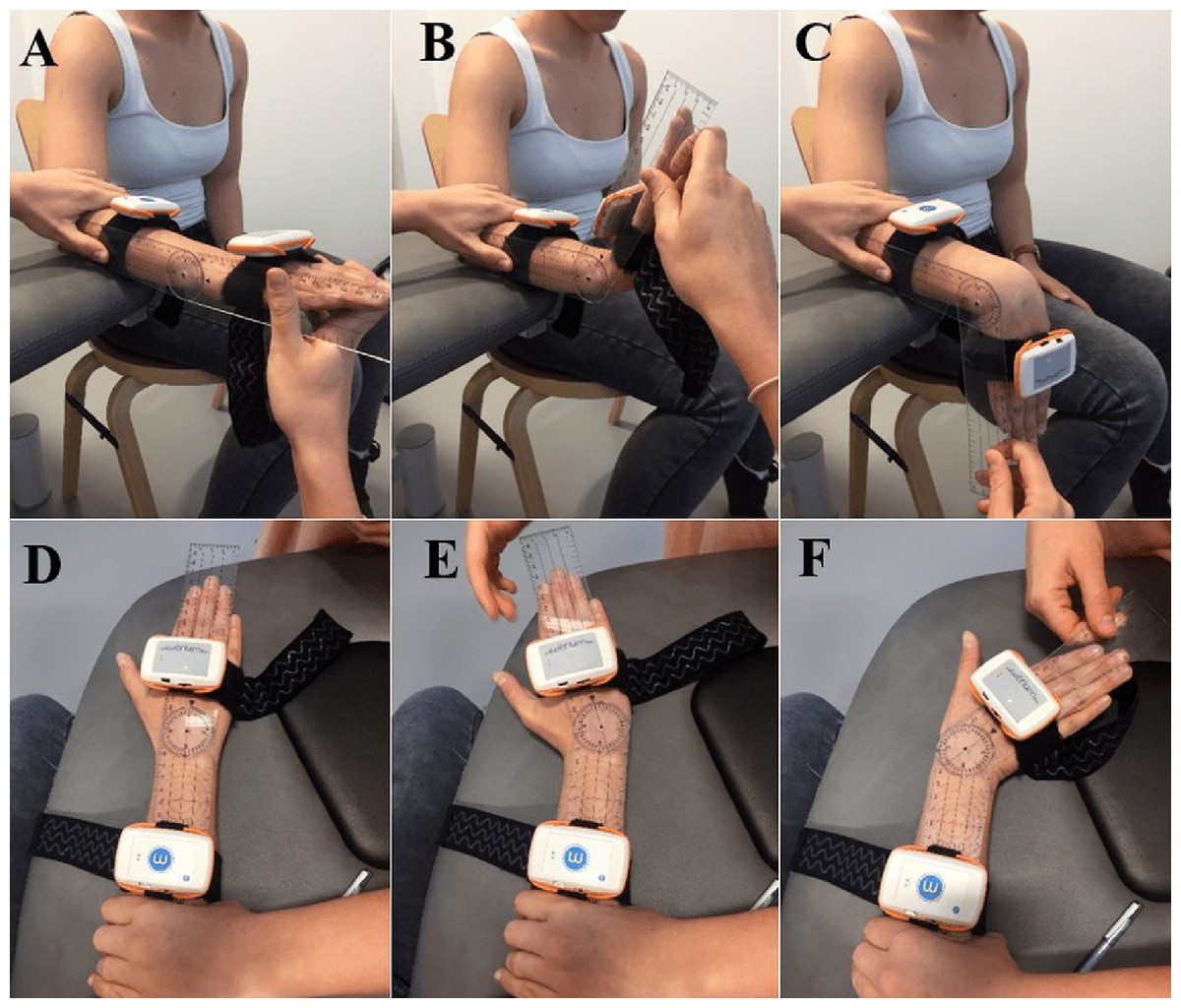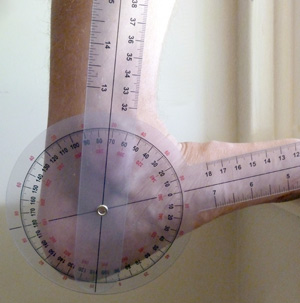


The use of radiographs as a ‘gold standard’ (Edwards et al., 2004) for measurement is neither clinically effective, as it is resource heavy and results in unnecessary radiation exposure, and cannot necessarily be used reliably for measuring change in range of motion, and we therefore aim to determine the minimum significant difference between clinically useable devices to determine which device is most beneficial for clinical use and research. Previous studies do not describe a clinically useful statistical assessment for accuracy of goniometers, using only reliability tools, and studies assessing outcome based upon range of motion, have stated the use of ‘a goniometer’ only (Brosseau et al., 2001), and thus conclusions cannot be strongly made.Ī useful method for joint angle measurement should have good inter and intra-rater reliability, and low potential error in measurement (minimum significant difference), but it is also key to be user-friendly and quick for use in the outpatient clinic. The advent of smartphones has led to the availability of numerous goniometer ‘apps’ using accelerometer technology to estimate angles, and many of these have been studied in the literature, with variable results (Cleffken et al., 2007 Lenssen et al., 2007 Pereira et al., 2017 Ferriero et al., 2013 Jones et al., 2014). Goniometers in both short and long-arm form are commonplace in the orthopaedic surgeon and physiotherapist’s armament for measuring joint angles, though logically a short-arm goniometer would not seem to give accurate results given the long lever around the knee that is being measured (and also the fact that the femur is a deep structure with a normal anterior bow).

This is a quick and relatively easy method, but not typically accurate. Surgeons will often estimate range of motion visually in clinic. Accuracy of these measurements are therefore key, both for monitoring patient progress and for research. Range of motion is often measured after total knee arthroplasty, and indeed flexion of 90° is a requirement for discharge post-operatively in our unit and guides the need for further intervention is some instances. Full extension of the knee is also key to decrease quadriceps contraction and energy use for standing and walking. 67° of flexion is required for a normal gait, 83° for ascending and 90° for descending stairs, 93° to stand from a seated position and 105° to tie shoes (Dietz et al., 2017). One of the key outcomes and measurable variables for any procedure around the knee is range of movement.


 0 kommentar(er)
0 kommentar(er)
